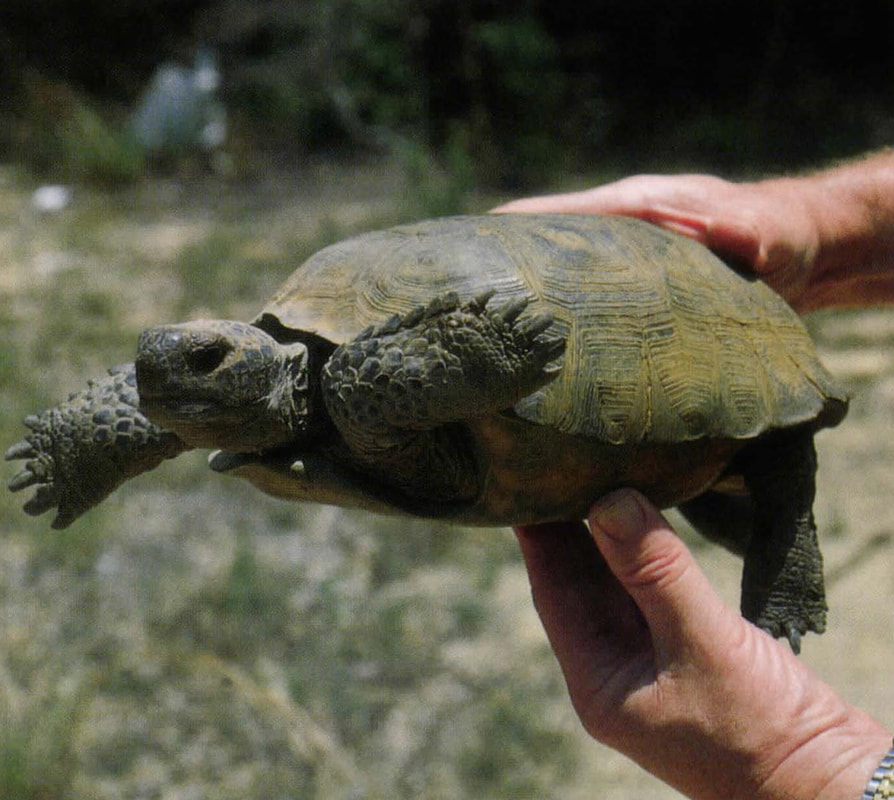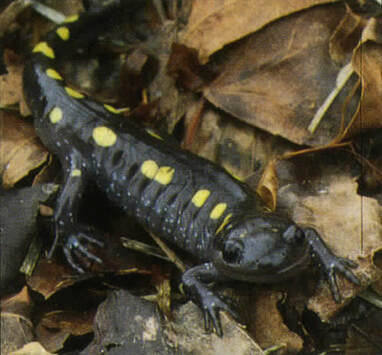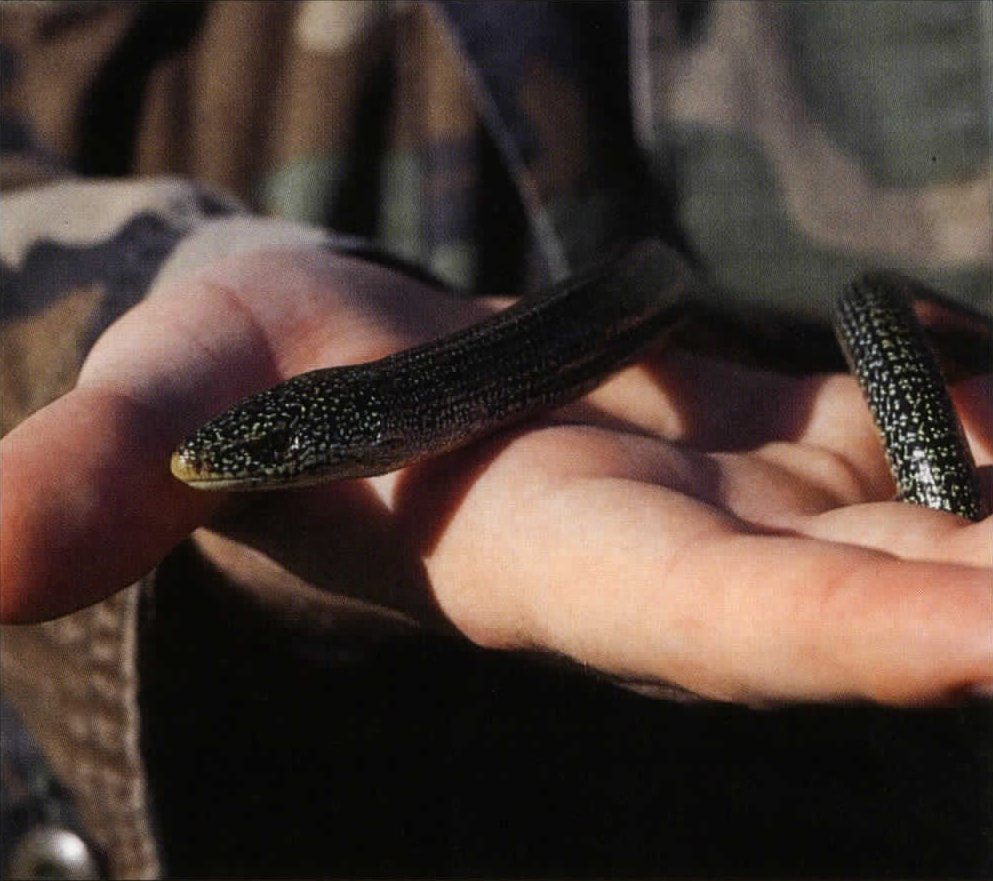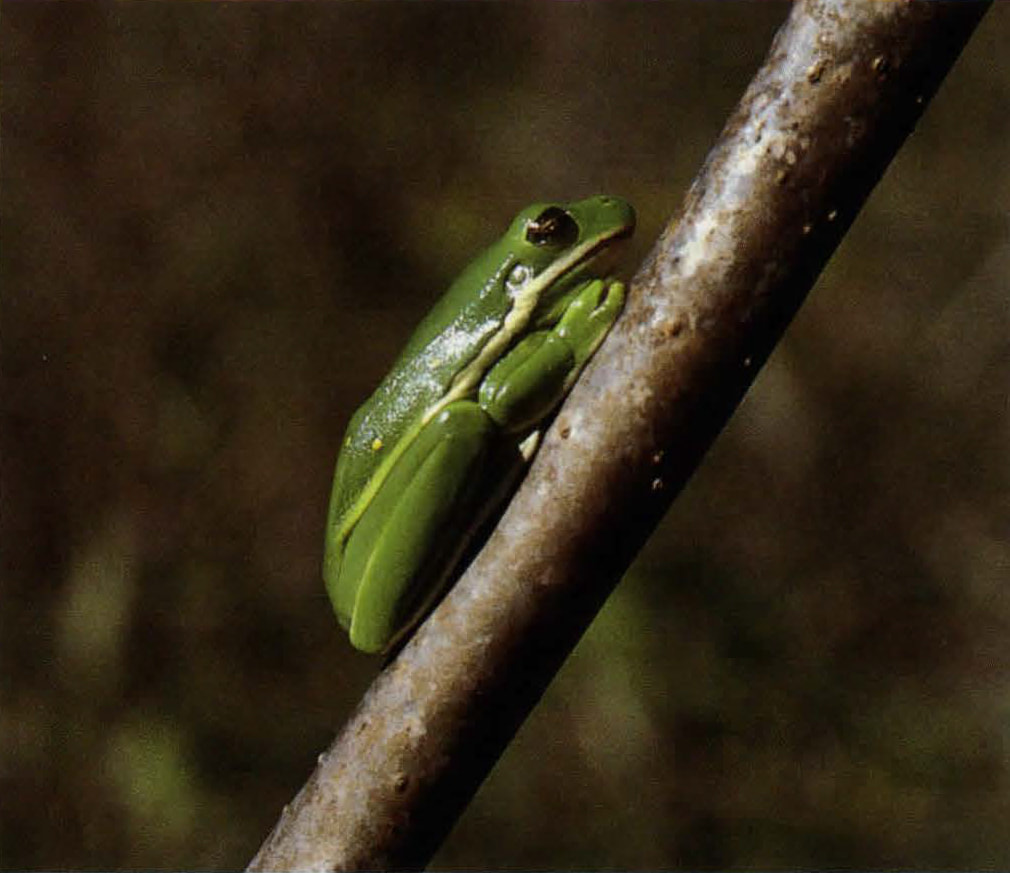|
Sometimes a hole is more than just an empty space. For a gopher tortoise, its hole or burrow is home, sanctuary, courting ground, and incubator–its very life.
There's a hillside in Homewood, Alabama, famous for its amphibians. With the first warm, rainy night of spring, salamanders, frogs, and toads rouse themselves from their winter stupors to wriggle, squirm, and hop downhill. Humans, fascinated by this timeless, primeval event, gather below to watch.
Many people recoil (pun intended) at the mere mention of a snake, while the actual sighting of such a monster sends them scurrying for cover. Occasionally, though, the object of this terror is a perfectly innocent reptile, the eastern glass lizard.
As spring hurries toward summer and evening temperatures rise, so does the decibel level at Alabama ponds and puddles. Every night, in a ceremony that pre-dates the dinosaurs, male frogs and toads congregate at the water's edge to grunt, moan, whistle, or trill their way (they hope) into a female's heart. Often, a key voice in this primal chorus is the "quonk" of the green treefrog.
|
About the authorLarry Davenport holds a Ph.D. in biology from the University of Alabama. He is a professor of Biological and Environmental Sciences at Samford University in Birmingham, where he teaches courses on general botany, plant taxonomy, and wetlands. In 2007, he was named Alabama Professor of the Year by the Carnegie Foundation for the Advancement of Teaching. Dr. Davenport has contributed his Nature Journal column to Alabama Heritage since 1993. This column inspired his award-winning book Nature Journal (University of Alabama Press, 2010). Archives
January 1997
Categories |
|




 RSS Feed
RSS Feed